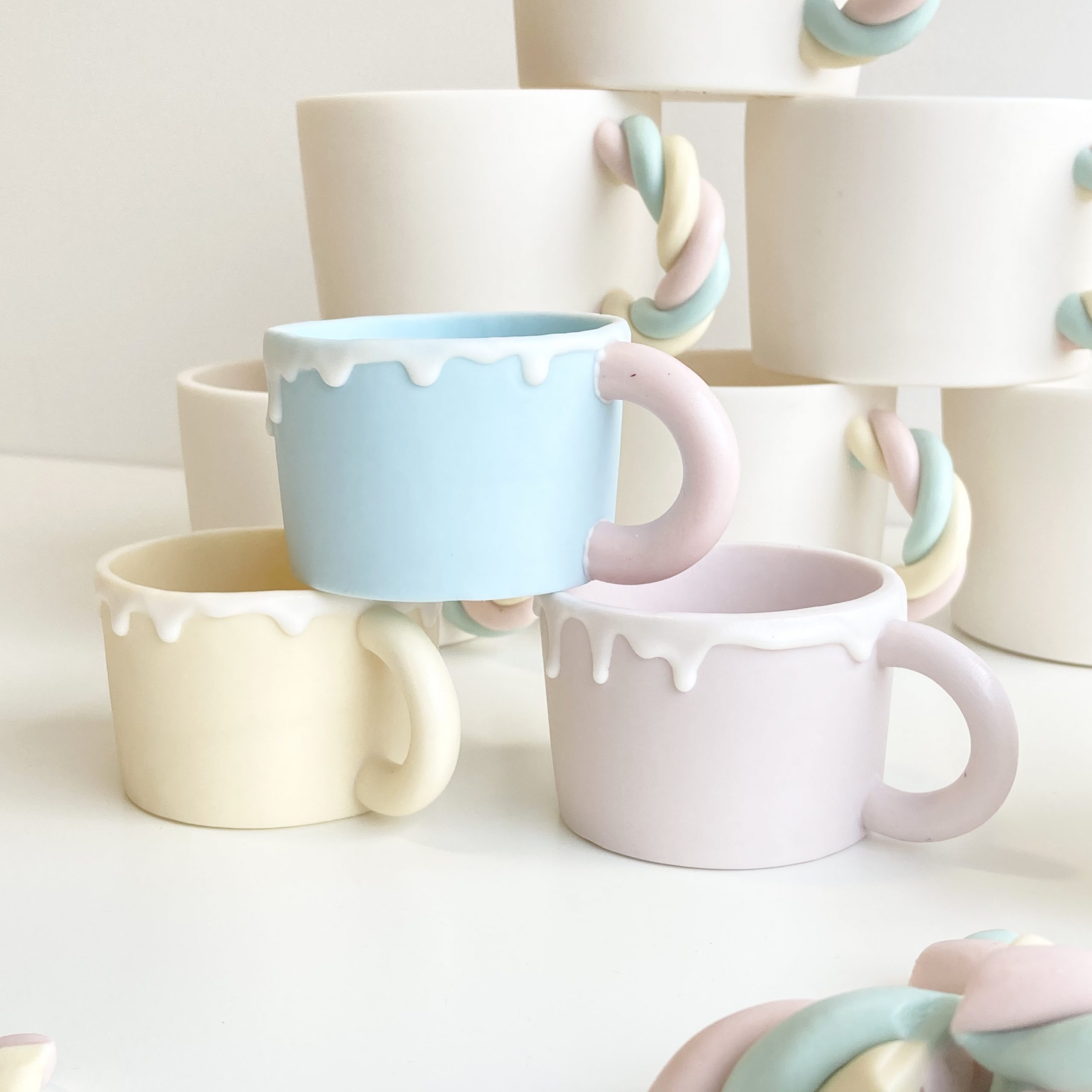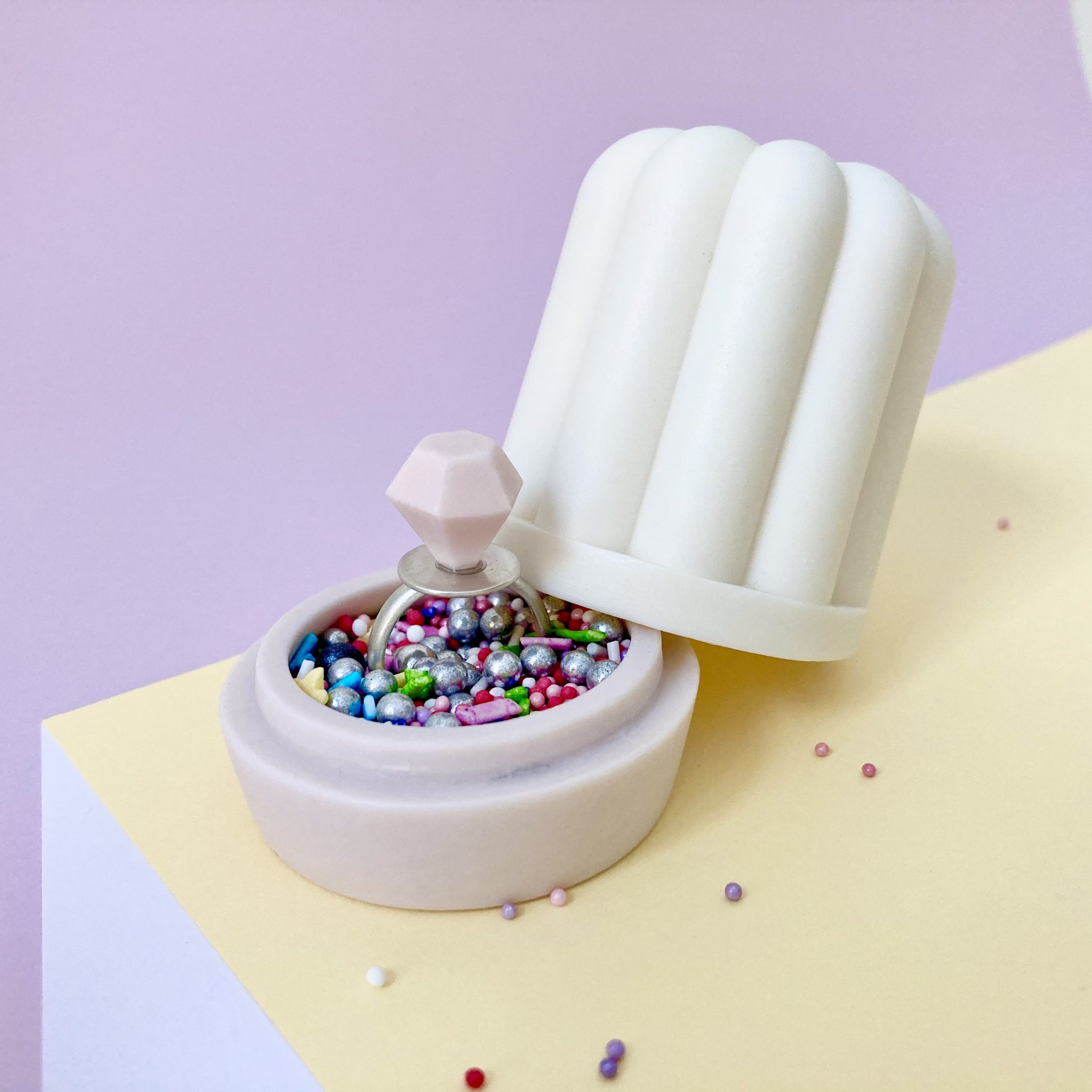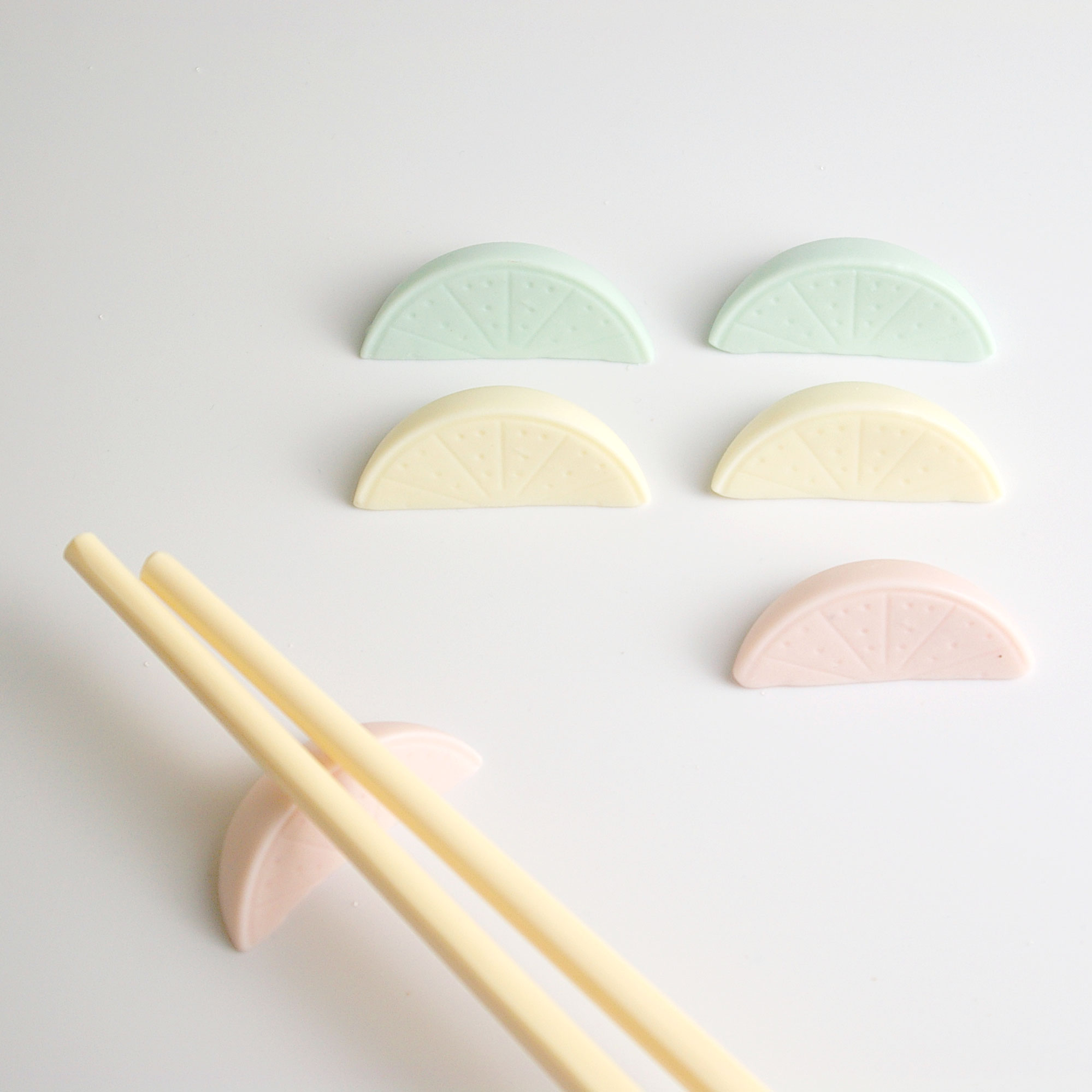It Doesn’t Have to be Brown to be Green!
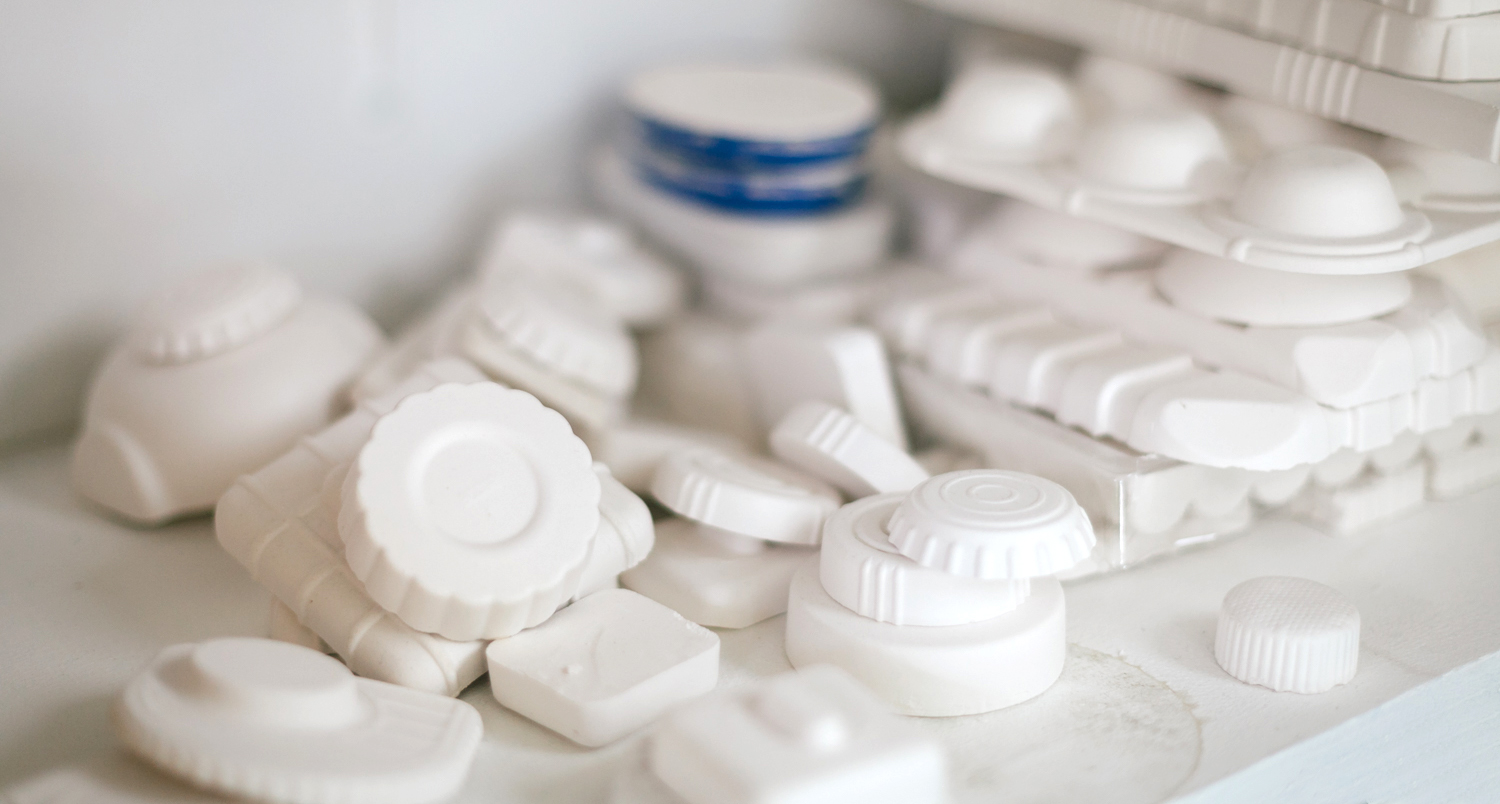
Prompted by the amazing work of the Incorporation of Goldsmiths and their ethical making resource for jewellers I’ve started the daunting task of investigating the environmental and human impact of my own studio practise, both in ceramics and silver. There is a lot to learn, and it might take me a while, but in the wise words of Ebba Goring, sustainable practise is a journey, and not an end-point, so I’m starting now to implement what changes I can, and will endeavour to pass on any insights I glean to whoever will listen in due course!
I’ll come clean and admit that neither ceramics nor jewellery on the whole are brilliant for the environment, but there are steps we can all take as makers and consumers to make sure we minimise the impact of our production and consumption habits. As makers and consumers of art and objects we have a responsibility to examine the impact of our practise. From using ethically sourced materials, to reducing energy consumption and choosing renewable energy sources, down to using recycled and recyclable packaging, the culmination of many small but meaningful changes leads gradually to a more sustainable way of working.
By asking just a few simple questions of my suppliers I was able to find out that my choice of material, and the way in which I use it, is already minimising any potential impact . I use Parian porcelain primarily for it’s whiteness, translucency, and the way it radiates colour to achieve the vibrant pastel shades I love for my candy inspired wares. Thankfully, parian is a relatively clean clay in terms of environmental impact, consisting of just four abundant natural minerals; kaolin, ball clay, feldspar and calcium carbonate. All of these are mined within in Europe, where mineral extraction is subject to close scrutiny and tight regulation by the Industrial Minerals Association. They claim to be working with mining companies to create a framework for future sustainability, adapting to the needs of local communities and minimising the impact on the natural environment.
I have a lot of reading to do here to find a range of opinions and a balanced view, so too soon to draw conclusions. However, as an alternative material in jewellery making, I’m willing to venture that ceramics might be a more sustainable alternative for me personally, when compared to the environmental and human cost of gem stone and precious metal extraction. It’s important to note though that ceramics is not an entirely squeaky clean industry. Many glazed ceramics use rare minerals such as tin and zinc, which according to Sara Howard are as little as six years away from total depletion at our current rate of extraction. I’ve ordered a copy of her book on Circular Ceramics, and I recommend you check out her award winning research!
As well as the extraction and transportation, the other big environmental consideration in ceramics is of course the energy used in firing the kiln. Parian has the advantage over other ceramic materials that it is self-glazing, meaning that it can be finished in fewer kiln firings. I use a raw firing technique whereby the dry clay is taken to it’s top temperature of 1225º in a single firing, rather than being processed in multiple bisc and glaze firings. This does make the final finishing and polishing more labour intensive and time consuming, but it reduces the energy consumption of each batch of finished ceramic components by at least half. I have chosen an energy supplier that pledges to use electricity from 100% renewable sources. It’s a little more pricey that some other energy suppliers, but it helps me sleep at night!
You may not know that unfired clay can be readily recycled in the studio, and not a bit of it goes to waste. Clay scraps and duff pots are crushed up, dried out, and made back into clay slip by simply adding water. Reconstituted clay loses some of it’s malleability, but I re-introduce it to my process by adding 1/3 reconstituted slip to 2/3 new, and at this rate I seem to have struck a good balance between incorporating waste and maintaining the workability of the material. When you use coloured clays as I do it can be tricky to keep all of the colour scraps separate, but good organisation is key here. I’ve got a good filing system of carefully labelled plastic pots, (all rescued from the recycling bin of course) in place. Occasionally you do end up with contaminated or dirty clay, for example when I make my sprinkles range a lot of different colours end up mixed together, and I have to confess that I have been throwing this away as I thought it unusable. I have had an epiphany though, and have some prototypes for new designs down the line that will make use of even the dirtiest of reject clay, watch this space!
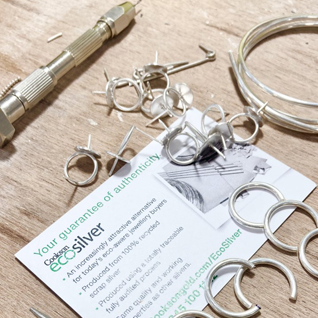
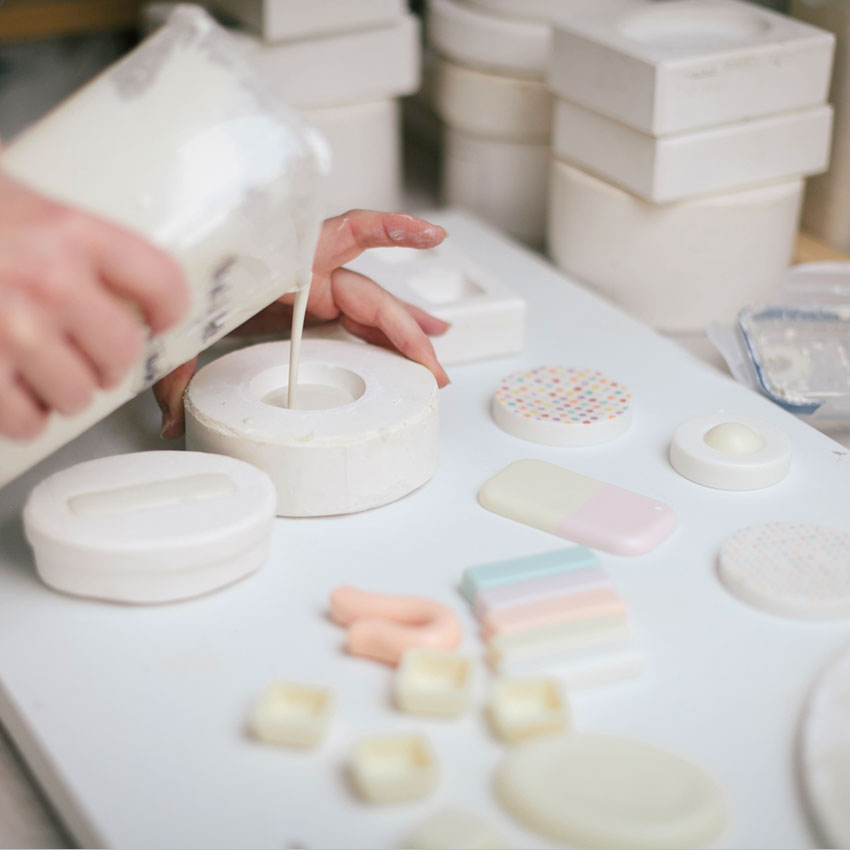
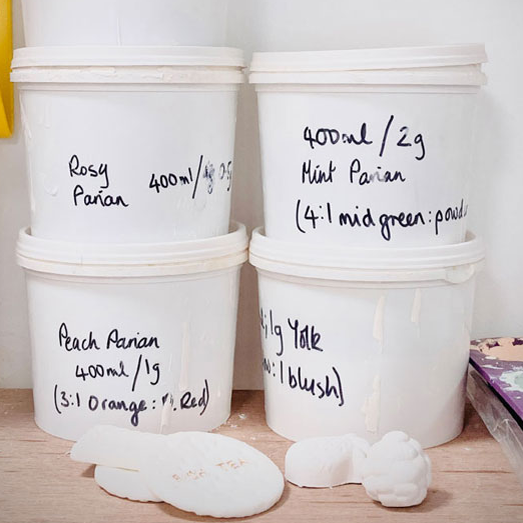
There is much more still to explore – switching to fair mined or eco-recycled silver, examining my packaging, looking at production levels and minimising excess stock… I’ll keep you posted!
(For the sake of full disclosure, I should confess that many of my good practises have come about as the result of good old Scottish frugality, and from keeping a close eye on the leccy bills and materials invoices rather than an enlightened sense of eco-conciousness, but perhaps the two go hand in hand.)
